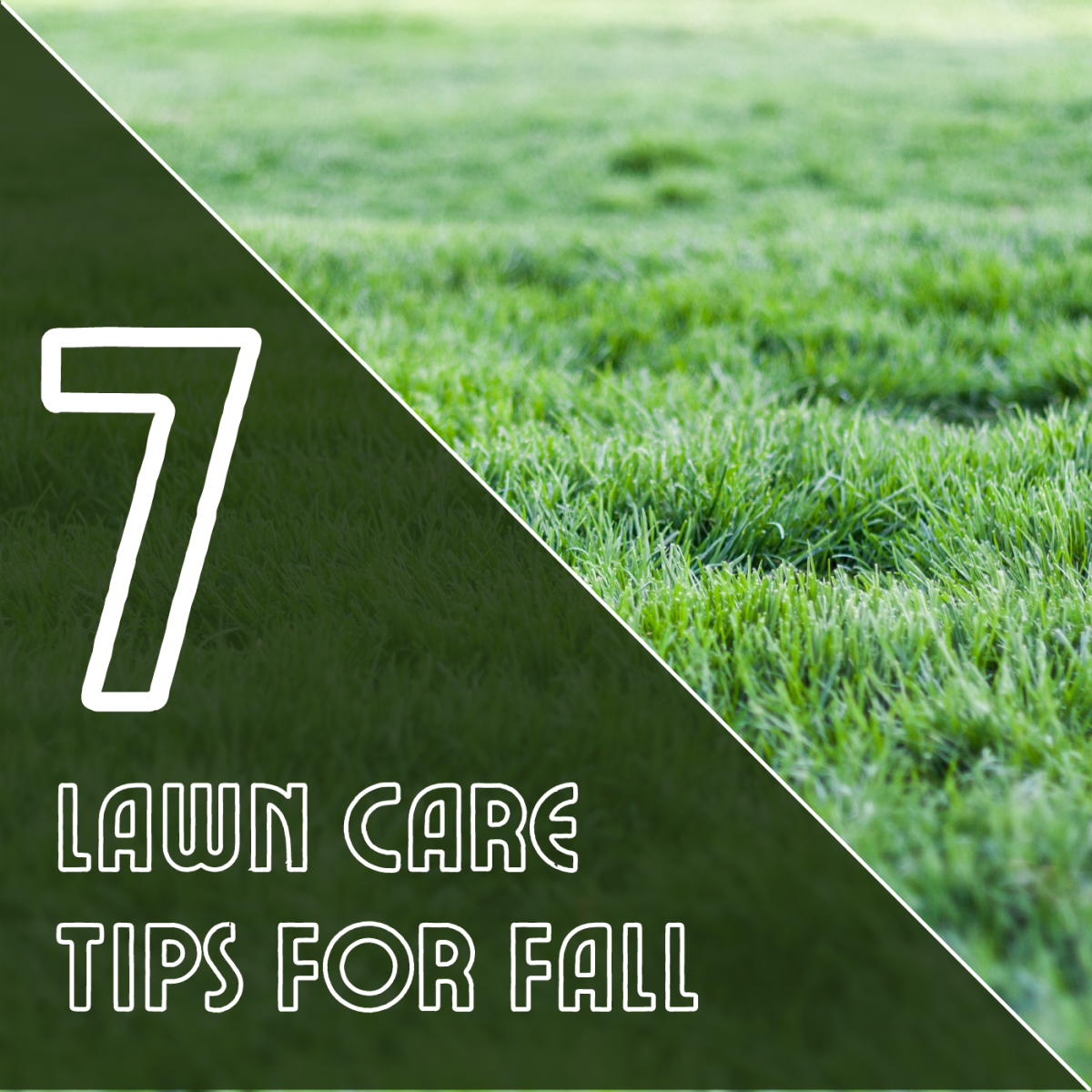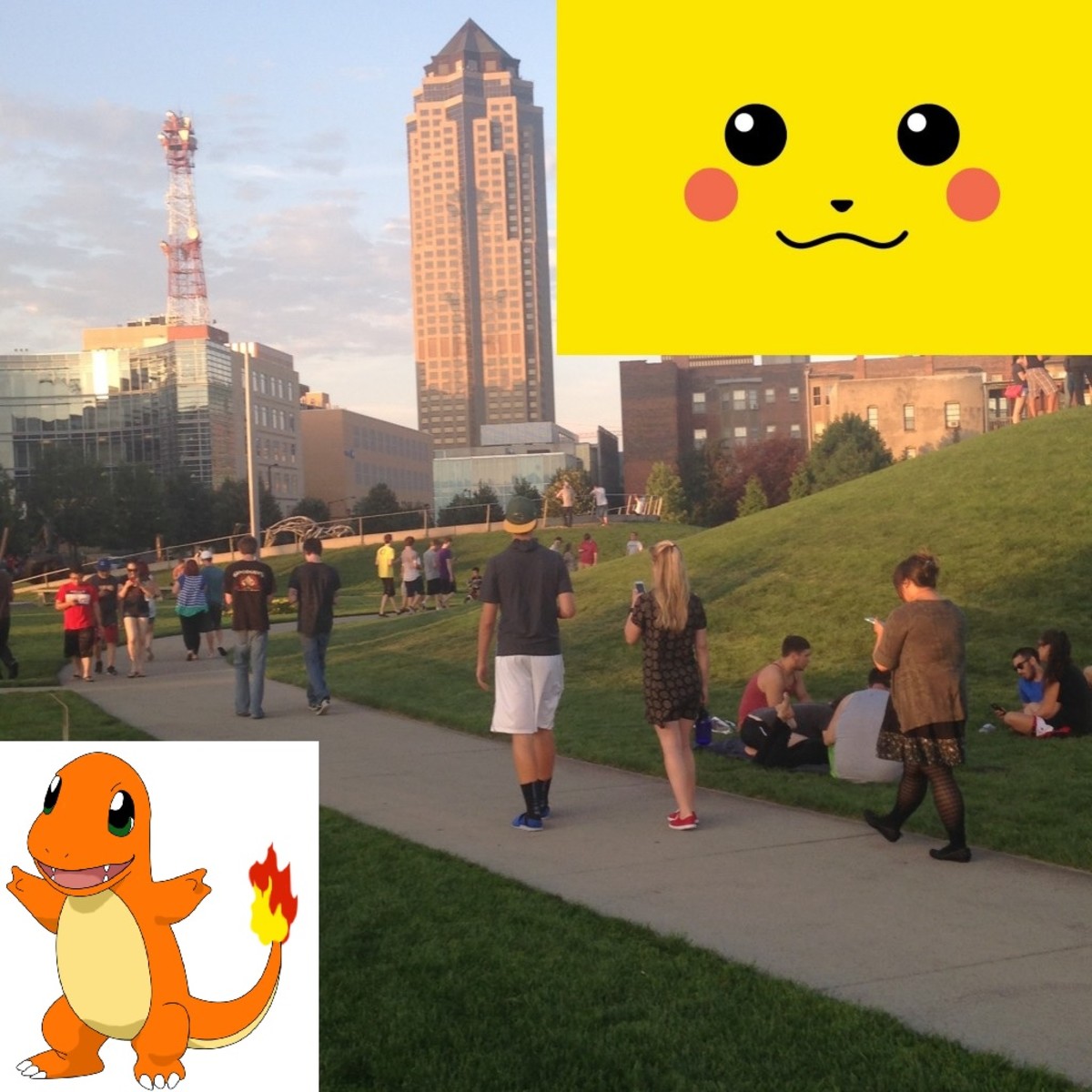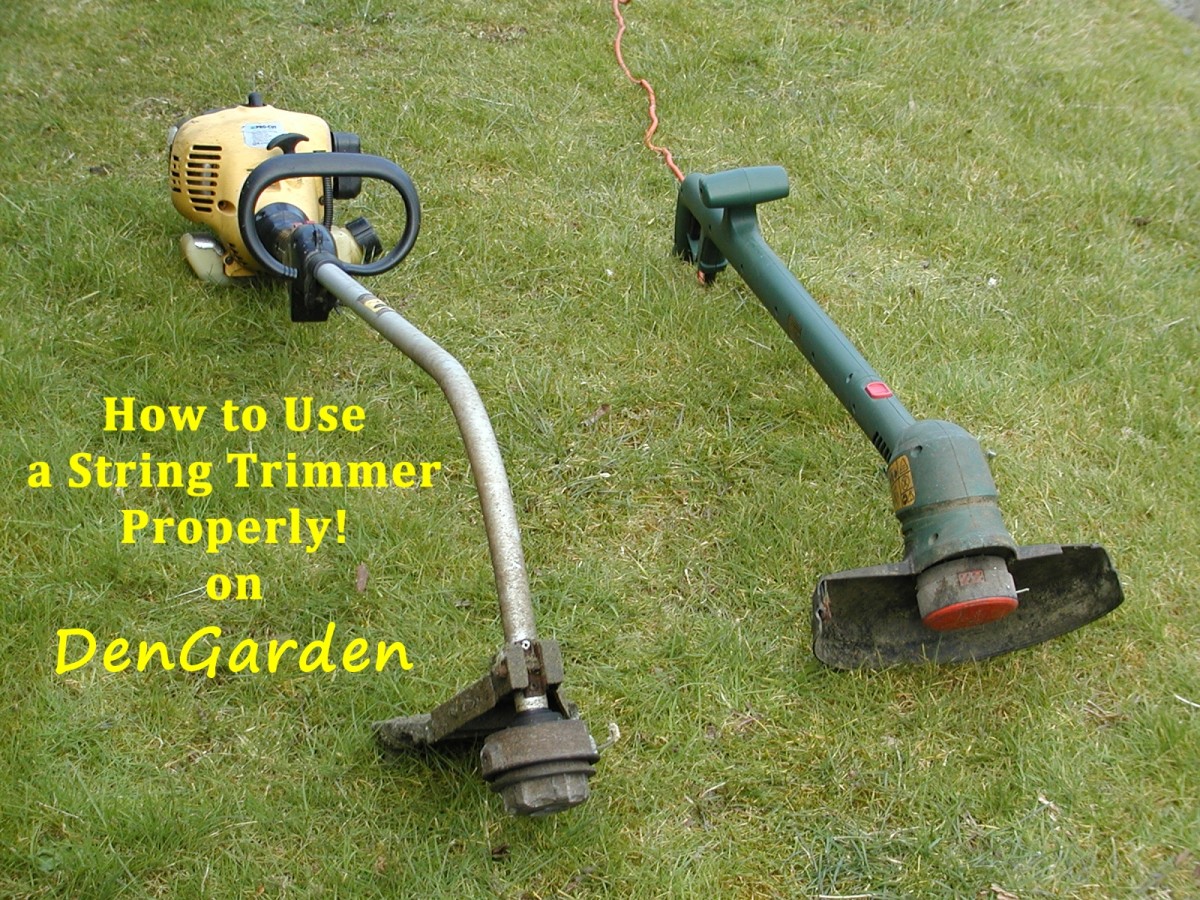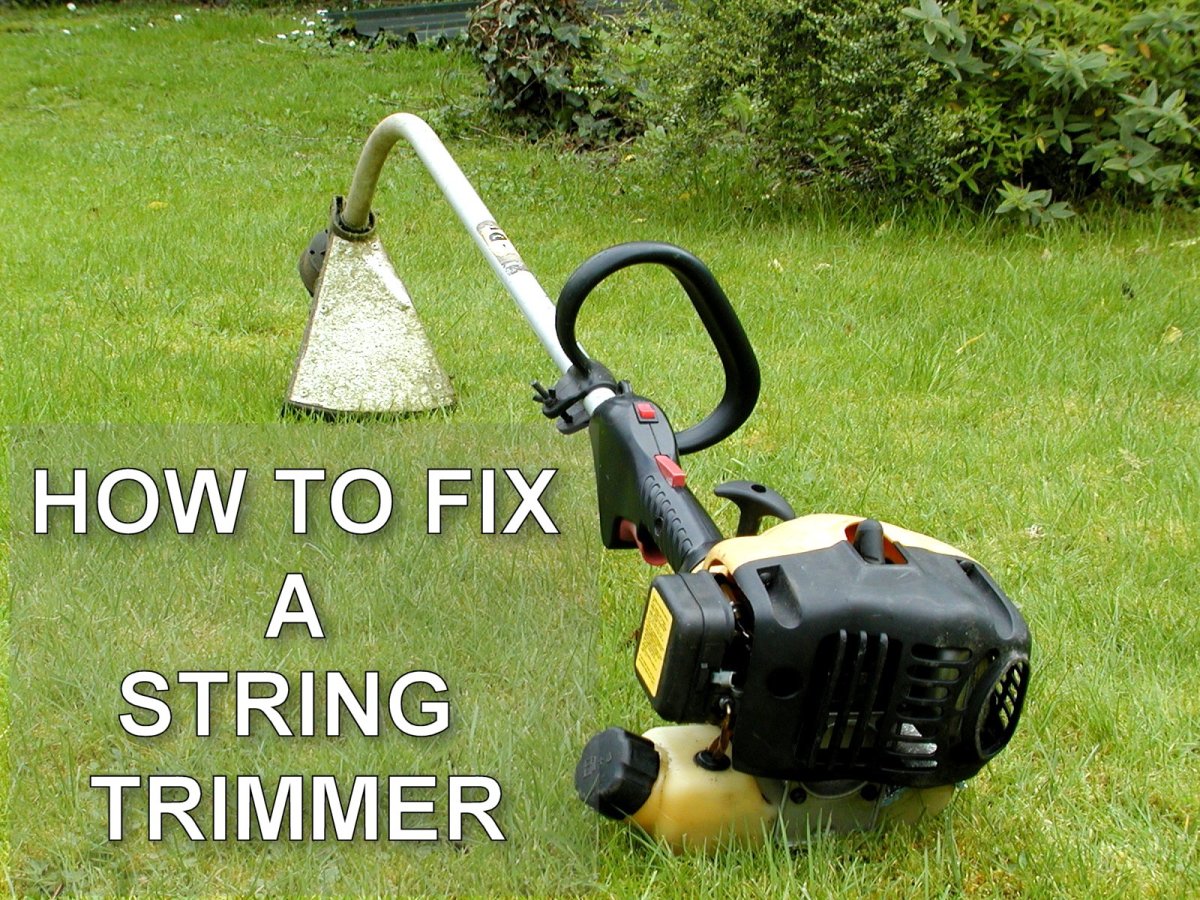What Is "Snow Mold" and How It Can Impact Your Lawn?
Introducing Snow Molds
Your lawn has been hibernating all winter, itching for the snow to melt and the ground to thaw. Now it's spring, the last traces of snow have disappeared, the ground is soft and your grass is suddenly ready to spring back to life.
Um, not quite yet. Do you jump out of bed every morning and feel instantly ready to take on the day? You might. But many people need at least a few minutes to adjust to their surroundings. Your lawn acts the same way. It just takes a little longer for it to wake up.
In the spring, many cool-season lawns contain snow mold or variations of the disease. Although your lawn hibernates during the winter months, diseases don't rest. Pathogens like snow mold can thrive. Every type of snow mold is classified as psychrophilic or cold-loving diseases. They thrive in wet weather and mainly under snow cover, which provides the diseases with a dark, humid environment to develop. More so, the packed snow increases the diseases' contact with grass blades.
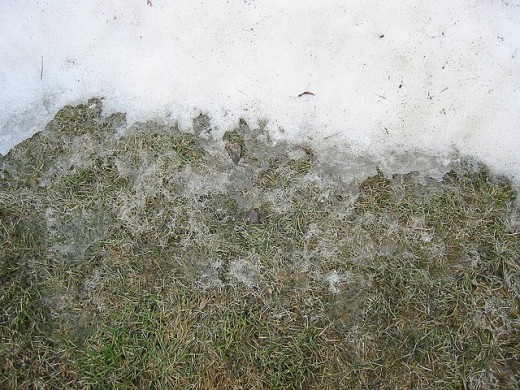
Pink Snow Mold
For 3 to 4 months your lawn has secretly taking a beating. Whether it was from frost, snow, trapped water, the lack of nutrients or foot traffic, the grass blades are worn down. It can also feel the wrath of a disease such as pink snow mold or its relative Microdochium Patch.
Occurrence: Pink snow mold can infect all cool-season grasses; although it appears usually on Creeping Bentgrass and golf courses, according to Purdue University and UMass Amherst. The disease stays dormant in warm, dry weather as fungal mycelium (spores) in thatch and soil. It then develops in cold, wet weather, under snow cover and when temperatures are between 30 and 60 degrees. Temps, however, can be colder. When activated, this wet-looking mycelium appears tangled around the edges of the circular snow mold patches.
Symptoms: As the snow melts and temperatures rise, you may see parts of your lawn appear to be faded out. When you look closer you may also see spots of tan or white matted grass that look glossy or wet. Pink mycelium or strands may be visible along the borders of the diseased areas. Often, this disease spreads into each other and it is difficult to discern its distinct circular nature.
Cultural Controls: Some lawns are very susceptible to pink snow mold because of the variety of grasses it contains. In this case, it might be too economically unfeasible and downright impractical to replace your entire lawn to prevent the disease. Who does that anyway?
Instead, to manage pink snow mold avoid late season high nitrogen applications and distribute a little more potassium to strengthen the roots. (Most soil's in the northeast United States already have sufficient amounts of potassium unless an external source has leached nutrients from it.) Some lawn and landscaping companies may apply a high amount of nitrogen to their customer's lawns on their last application. They believe this will keep grass lush and green longer and help it recover quicker in the spring. According to studies, this technique may actually promote snow molds and weaken turf over the long run.
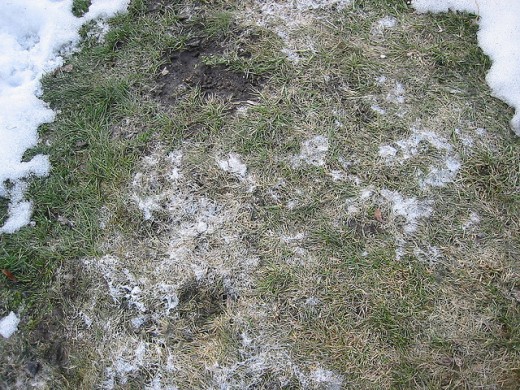
Has your lawn ever been infected with snow molds?
Microdochium Patch
Occurrence: This disease occurs in conditions similar to pink snow mold. Yet, unlike pink snow mold, Microdochium does not need snow cover to develop. It can occur in the fall and spring during wet weather between the temperatures of 40 and 50 degrees Fahrenheit. Like pink snow mold, this disease mainly affects annual bluegrasses and bentgrasses but can infect all cool season turf.
Symptoms: This disease may look a little different than pink snow mold. Similar in diameter, Micrdochium may appear gray or red-brown, water soaked and be surrounded by a darker ring.
Cultural Controls: Prevent Microdochium Patch by distributing less nitrogen on your grass later in the year. Instead, apply less nitrogen and a little more potassium to strengthen roots. Ensure your soil is not to alkaline.
Gray Snow Mold
Some lawns are infected with gray snow mold, which is slightly different than pink snow mold and Microdochium Patch. Like the other two diseases, you should treat gray snow mold in the same way.
Occurrence: Gray snow mold usually needs excessive amounts of snow cover and favorable, freezing weather conditions to thrive. North Carolina State University suggests at least 60 days of prolonged snow for disease development; although, other studies suggest shorter time periods. The disease will go dormant in the heat in the form of survival structures that rest in the thatch and soil and reappear in the fall and winter. Smaller patches can also coalesce to form large areas of turf that appear bleached.
Symptoms/Appearance: As snow recedes, the mold is gray or yellow/straw colored and shaped like a circle. The circle can be a few inches to a few feet in diameter. Grass is matted down and gray and white mycelium are present near the edges of the patches. When grass dies, the wet looking mycelium will disappear, but the grass will remain a silver or gray color.
Cultural Controls: Like other snow molds, gray snow mold favorites the right environmental conditions. Excessive nitrogen applications in late fall, poor mowing habits and large amounts of thatch contribute to the disease. Apply less nitrogen in late fall, cut your lawn at about 2 1/2 inches and remove all leaves. Aerating can also help prevent snow molds because it helps water dissipate on the soil's surface.
*** In the spring I will provide better pictures of the diseases. If you have your own, you are more than welcome to share!***
Pink Snow Mold and Microdochium Patch References
n.d. (09, 09). Microdochium patch (fusarium patch, pink snow mold). Retrieved from http://www.ipm.ucdavis.edu/PMG/r785101811.html
Jung, D. G., & Campbell-Nelson, K. (2010, 10).Alternatives to pcnb for snow mold control?. Retrieved from http://extension.umass.edu/turf/fact-sheets/alternatives-pcnb-snow-mold-control
Latin, R. (n.d.). Pink snow mold and microdochium patch. Retrieved from http://www.extension.purdue.edu/extmedia/BP/BP-102-W.pdf
Tredway, L. P., Wilkerson, G. G., Lassiter, B. R., Reynolds, J. J., & Buol, G. S. (2011, 04 04).Microdochium patch (pink snow mold) . Retrieved from http://www.turffiles.ncsu.edu/diseases/pink_snow_mold.aspx
n.d. (n.d.). Pink snow mold and fusarium patch. Retrieved from http://plantscience.psu.edu/research/centers/turf/extension/factsheets/managing-diseases/pink-snow-mold
Gray Snow Mold References
Center for Turfgrass Science. (n.d.). Gray snow mold. Retrieved from http://plantscience.psu.edu/research/centers/turf/extension/factsheets/managing-diseases/gray-snow-mold
Evans, K., Frank, E., Gunnell, J., Beddes, T., & Moulton (Wall), A. (01, 2008). Snow mold on turfgrass. Retrieved from http://extension.usu.edu/files/publications/publication/snow-mold08.pdf
Latin, R. (n.d.). Gray snow mold. Retrieved from http://www.extension.purdue.edu/extmedia/BP/BP-101-W.pdf
Tredway, L. P., Wilkerson, G. G., Lassiter, B. R., Reynolds, J. J., & Buol, G. S. (2011, 07 03). Gray snow mold. Retrieved from http://www.turffiles.ncsu.edu/diseases/Gray_Snow_Mold.aspx
© 2014 Frank Sturm

